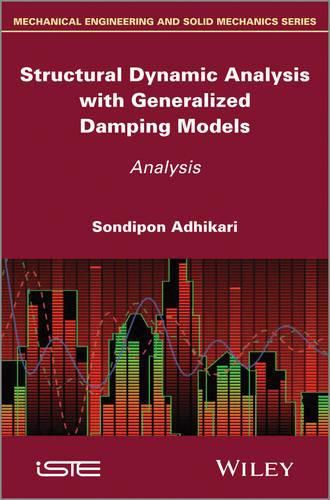Readings Newsletter
Become a Readings Member to make your shopping experience even easier.
Sign in or sign up for free!
You’re not far away from qualifying for FREE standard shipping within Australia
You’ve qualified for FREE standard shipping within Australia
The cart is loading…






Since Lord Rayleigh introduced the idea of viscous damping in his classic work The Theory of Sound in 1877, it has become standard practice to use this approach in dynamics, covering a wide range of applications from aerospace to civil engineering. However, in the majority of practical cases this approach is adopted more for mathematical convenience than for modeling the physics of vibration damping. Over the past decade, extensive research has been undertaken on more general non-viscous damping models and vibration of non-viscously damped systems. This book, along with a related book Structural Dynamic Analysis with Generalized Damping Models: Identification, is the first comprehensive study to cover vibration problems with general non-viscous damping. The author draws on his considerable research experience to produce a text covering: dynamics of viscously damped systems; non-viscously damped single- and multi-degree of freedom systems; linear systems with non-local and non-viscous damping; reduced computational methods for damped systems; and finally a method for dealing with general asymmetric systems. The book is written from a vibration theory standpoint, with numerous worked examples which are relevant across a wide range of mechanical, aerospace and structural engineering applications.
Contents
$9.00 standard shipping within Australia
FREE standard shipping within Australia for orders over $100.00
Express & International shipping calculated at checkout
Stock availability can be subject to change without notice. We recommend calling the shop or contacting our online team to check availability of low stock items. Please see our Shopping Online page for more details.
Since Lord Rayleigh introduced the idea of viscous damping in his classic work The Theory of Sound in 1877, it has become standard practice to use this approach in dynamics, covering a wide range of applications from aerospace to civil engineering. However, in the majority of practical cases this approach is adopted more for mathematical convenience than for modeling the physics of vibration damping. Over the past decade, extensive research has been undertaken on more general non-viscous damping models and vibration of non-viscously damped systems. This book, along with a related book Structural Dynamic Analysis with Generalized Damping Models: Identification, is the first comprehensive study to cover vibration problems with general non-viscous damping. The author draws on his considerable research experience to produce a text covering: dynamics of viscously damped systems; non-viscously damped single- and multi-degree of freedom systems; linear systems with non-local and non-viscous damping; reduced computational methods for damped systems; and finally a method for dealing with general asymmetric systems. The book is written from a vibration theory standpoint, with numerous worked examples which are relevant across a wide range of mechanical, aerospace and structural engineering applications.
Contents